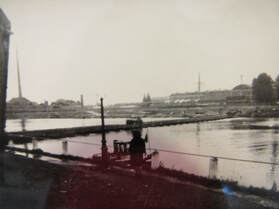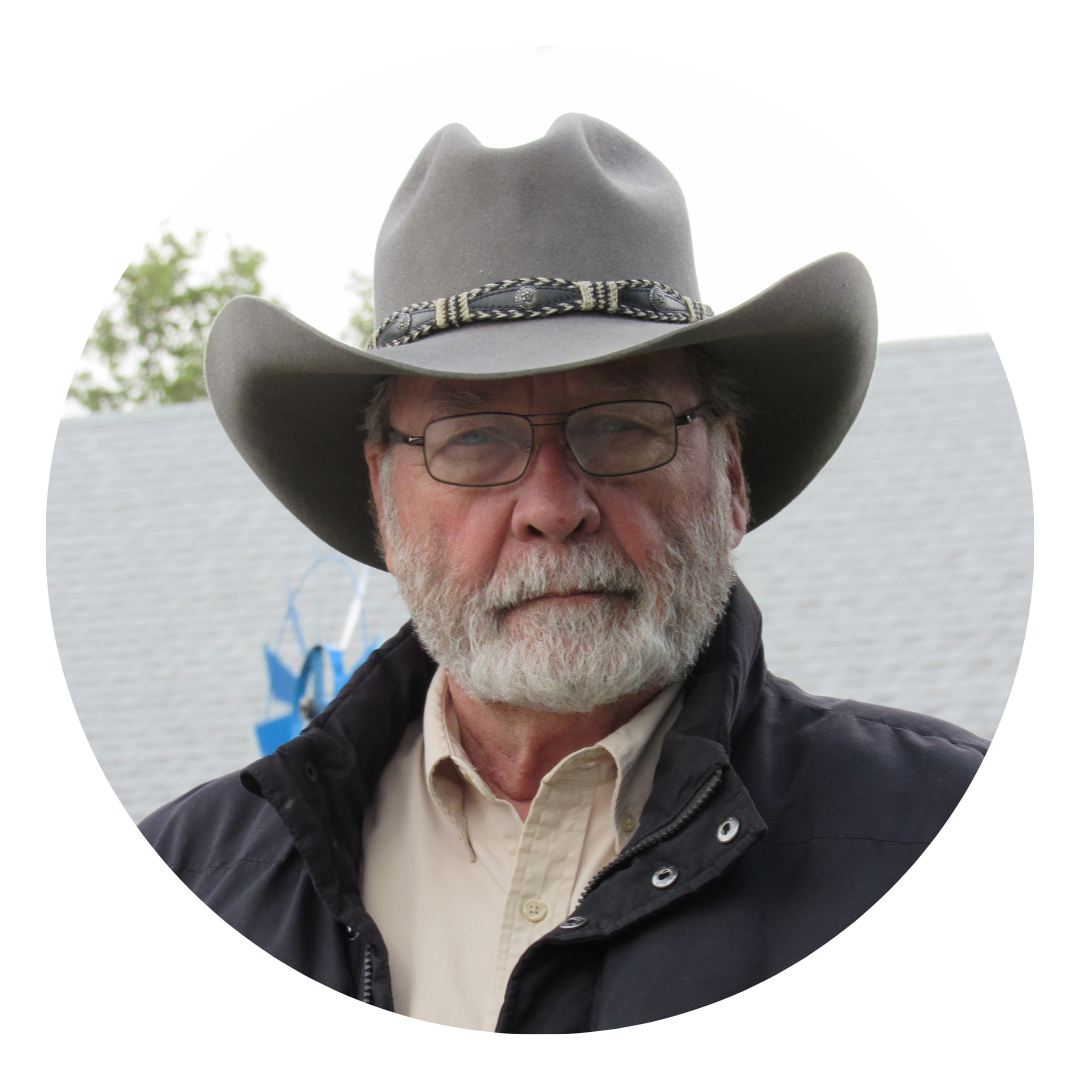 On the evening of November 8th, 1923, three key Bavarian government officials were together at a meeting in Munich: Gustav Ritter von Kahr, the Kommissar of Bavaria (commissioner general), General Lossow (head of the Bavarian branch of the German Army), and Colonel Seisser (head of the Bavarian State Police). The commissioner held near-dictatorial powers, while the two officers represented the official military strength of Bavaria. The meeting was a public gathering at the Burgerbraukeller Beer Hall, where Kahr was giving a speech. Beer halls were the venue of choice in 1920s Munich for town meetings, as well as for drinking and eating. Invitations had been sent to the business community, leading politicians, city officials and parliamentarians, academics, the top newspaper editors, justices, and even members of the royal house of Bavaria. Three thousand patrons now filled every space. Hitler and the Nazi Party had been planning an insurrection, a putsch, to replace the government at some future date, but this opportunity was too good to pass up. He and his closest confederates set out in a whirl of secret preparations—retrieving weapons, mobilizing and distributing troops, making assignments, deploying resources, setting schedules. At 8:30 that evening, after Kahr had begun his speech, Hitler and a platoon of uniformed men pushed their way inside the beer hall. He jumped onto a table, fired a pistol at the ceiling, got everyone’s attention, and announced that a “national revolution” had begun and that the building was surrounded by troops; people should not attempt to leave. As the audience stood stunned, Hitler forced the three officials into a backroom, convinced them to become co-conspirators in the putsch, assigned them high-level leadership roles in the new government (with himself as the new dictator), and demanded their utmost allegiance. With Hitler holding a pistol to their heads, the men agreed. The crowd grew restless and rowdy, jeering at the soldiers. Hitler returned to the podium, and, sensing the hostility of the crowd, delivered a stirring patriotic, personal, and nationalistic speech that turned the crowd into a rousing, enthusiastic, and vocal group of supporters. When his new co-conspirators joined him on the podium and declared their allegiance to the New Order, the crowd erupted with excitement. The Nazi Party was well prepared for inciting an insurrection—several militarized groups had been placed to take over government buildings (the putschists had about four thousand armed men) and subdue the existing military forces (which, in Munich, numbered about twenty-six hundred). They expected to take government officials hostage, capture key Jewish businessmen to show their resolve, and had a number of Nazi members ready to take over important government positions as soon as the current occupiers were dethroned. Wall posters, a main method of spreading news, had already been printed and posted, proclaiming the new government. Most importantly, the stately General Ludendorff, a renown and universally admired military hero of World War I, appeared at the Burgerbraukeller, endorsed the takeover, and then helped lead the uprising. Unfortunately, the Nazis did not capture the communications systems, a requirement for any modern-day insurrection. Within hours, anti-putsch forces had used the telephone and telegraph systems to mobilize forces outside of Munich, send out warnings and instructions, and to order all Munich newspapers to refrain from reporting the event. Without publicity, the putsch could not succeed. Hitler had left the beer hall to assist in the takeover of the Bavarian military headquarters, leaving his three new co-conspirators in the hands of General Ludendorff. They gave their word of honor that they needed to see to the duties of launching the new government, walked out of the beer hall, and then reversed their pledges of allegiance. They resumed their previous roles and ordered the regular German Army and the Bavarian Police to arrest the insurrectionists. They would soon officially ban the Nazi Party. Returning to the beer hall and finding levels of despair and discouragement, Hitler greeted the dawn by eating breakfast—two eggs and a slice of meat loaf, with tea—then assessed his situation. Faced with inevitable defeat, Hitler gave the putsch one last chance and organized the fighters (along with some hostages taken during the night) to march from the beer hall to Odeon Square, a Munich landmark in the inner city. At noon, following their leaders linked arm-in-arm, two thousand men formed into loosely organized parade columns and marched into the heart of Munich. They sang rousing songs, waved flags with swastikas, and shouted slogans all the way to the famous Field Marshals’ Memorial. The public along the route clapped, saluted, and cheered. Reaching the Memorial, the marchers were suddenly blocked by a line of Bavarian State Police. It was never established who fired first, but someone did, and chaos broke out. It took only a half-minute of violence to leave four policemen dead, while the marchers lost thirteen men. Hitler was pushed to the ground for protection, covered by a loyal bodyguard (who took several bullets, but would survive). His only injury would be a dislocated shoulder. He escaped to a friend’s villa. The marchers fled and the putsch was over. Hitler and the Nazis had stormed the gate and failed. Hitler was found two days later and taken to a state prison in Landsburg, a small town about thirty minutes west of Munich. A state-of-the-art penitentiary that could house five hundred convicts, its compound included several large wings, four stories high. Another wing was special. Called “the fortress”, it was a two-story, rectangular, white-washed building with an orange tile roof, and had been built to house high-level, political prisoners. Inmates there served an “honorable imprisonment”, which translated into having minimum security rules and a few “perks” not given to regular prisoners. Much like a one-star hotel with bars on the windows, Hitler was placed in the fifth “cell” on the second floor. Two large windows overlooked the prison yard, an ordinary door served for privacy instead of a steel gate, and the inmate was allowed to freely move about the different cells, hallways, and central areas. Hitler’s room had a simple white metal bunk with mattress and blankets, a wooden writing table, two chairs, and a wardrobe. The food would be regular and good. He would later be given a typewriter. It was, however, still a prison, and Adolf Hitler was a prisoner—angry, disappointed, and in deep anguish. He initially tried to starve himself to death, causing him to be moved to an isolated hospital cell, but was encouraged out of it by a slew of friends and well-wishers. His return to eating did not cause him to be a better prisoner—he still raged against the aborted attempt at an uprising, the three men who had betrayed him, the guards, the gate-keepers, the warden, and especially the lawyers who tried to interview him. A stream of visitors helped substantially, including Ludendorff, who was also facing trial, and his dog, Wolf, who was brought in by special request. The trial of the high-level prisoners began almost two months later, on a snowy day, February 26, 1924, at a Munich military academy where the security had been beefed up to resist possible attacks. There were three jurors, called “lay judges”, and two professional judges, all led by a chief judge, Georg Neithardt. The trial process called for the defendants to be called first and given time to explain their actions, and then would also be asked to speak again at the trial’s end, in rebuttal if needed. In between, prosecutors, defendants, and lawyers interviewed witnesses and made their arguments. When he learned that the judges were all Bavarian and that Neithardt was decidedly a nationalist, Hitler sensed an opportunity. The trial was a major news event even beyond Germany. The trial attendees included not only a corps of German newspapermen, but nearly fifty foreign journalists, including the New York Times and the London Times. Some local newspapers put out two editions a day while covering the trial. It was the largest audience Hitler could have ever dreamed of. Giving his opening speech (it lasted four hours; he had prepared 52 pages of notes) and ending with a final rebuttal a month later (it was much shorter), Adolf Hitler freely confessed to the charges laid against him. He portrayed himself as a fiercely loyal, patriotic, full-blooded, wounded army veteran who passionately wished for Germany to be reborn as the Great Nation that it had once been. He decried the betrayals that brought Germany’s loss in WWI, the illegitimate and humiliating sanctions of the Versailles Treaty, the gutless intervening German governments, the degradation of race and culture brought about by the mixing of diverse peoples, and the utter destruction of German society brought about by the Jews and the Bolsheviks. If he acted through rebellion, it was because of his desire for the return of honor, dignity, purity, national strength, and national pride. He foretold of a new Germany, one of international prominence and respect, and was ready to leap forward to make it happen. He used the trial as a “bully pulpit” to lay out his understanding of the past and present, while he painted the image of a glowing, powerful, and righteous future Germany. The German attendees (even the prosecuting attorneys), as well as the judges, were swept up in the heroic language of his descriptions and the artistry of his images; there were often rounds of applause. He addressed their fears, their resentments, their hopes, telling them what they so wanted to hear. He convinced them that no true German would have performed any differently than he, and that he had acted in all their names as well as his own. Even framed by clear statements of his role in the history of Germany, Hitler could not escape a guilty verdict (he had confessed, after all) and received the minimum mandatory sentence of five years imprisonment. However, Neithardt made him eligible for parole in six months, making his conviction for high treason a veritable slap-on-the-wrist. More importantly, the international political community now knew his name and had witnessed the power that he possessed. Adolf Hitler had made it clear that he and his principles were not only a force in Germany’s future, they were Germany’s future. It was a position he never relinquished.
0 Comments
Leave a Reply. |
AuthorDon Willerton has been a reader all his life and yearns to write words like the authors he has read. He's working hard at it and invites others to share their experiences. |

 RSS Feed
RSS Feed